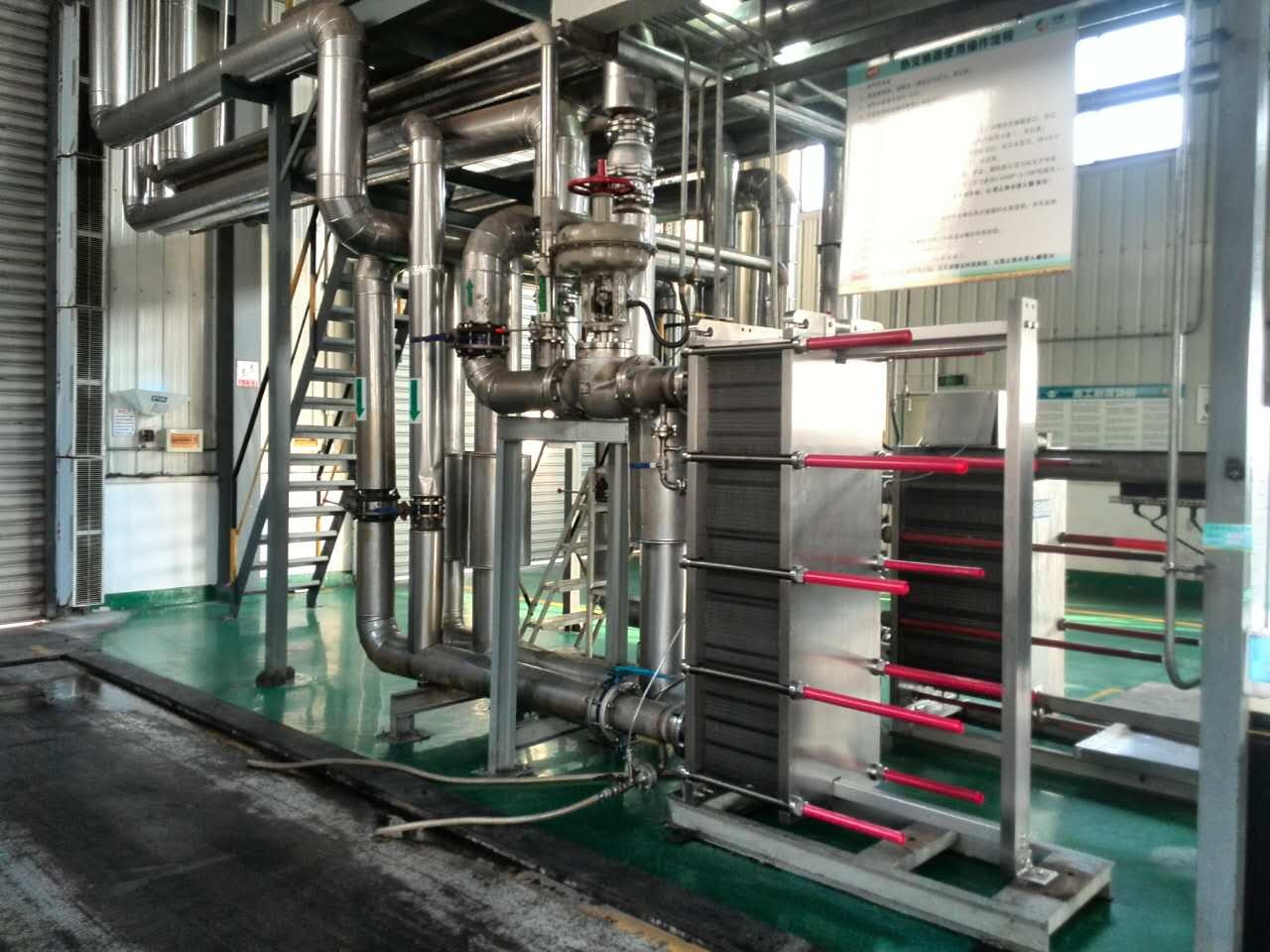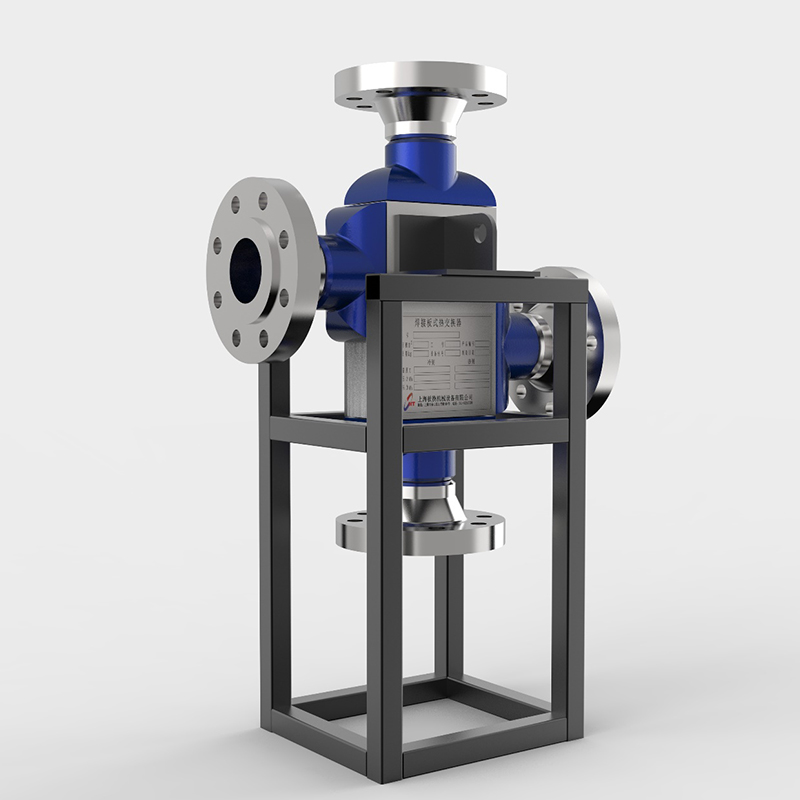5 key roles of plate heat exchanger gaskets.
Plate heat exchanger gaskets perform 5 key roles: ...
More
What is a Cross Plate Heat Exchanger?A Cross Plate Heat Exchanger (often stylized or searched as a "Plate Heat Exchanger" with a cross-flow design) is a highly efficient type of compact heat exchanger specifically engineered for transferring thermal energy between two or more fluids without allowing them to mix. Constructed from a series of thin, corrugated metal plates compressed together within a robust frame, these devices create alternating channels for the hot and cold media. The unique "cross-flow" pattern refers to the general direction of the fluid streams, which are designed to flow perpendicular to each other across the plate surface, optimizing thermal efficiency and minimizing pressure drop. This design is a significant evolution from traditional shell-and-tube exchangers, offering a substantially larger surface area for heat transfer within a remarkably smaller footprint. They are predominantly manufactured from advanced stainless steels (e.g., 316Ti, 904L), titanium, or other alloys to withstand corrosive fluids, high temperatures (typically up to 200°C / 392°F, with special gaskets up to 400°C / 752°F), and high pressures (standard gasketed models up to 25 bar, with brazed or welded variants exceeding 40 bar). Industries ranging from HVAC and refrigeration to chemical processing, power generation, and food and beverage manufacturing rely on them for duties including heating, cooling, heat recovery, and condensation due to their superior efficiency, which can reach 90% or higher in many applications, and their ease of maintenance and cleaning.
How Does a Cross Plate Heat Exchanger Work?The operational principle of a Cross Plate Heat Exchanger is based on conductive and convective heat transfer through its precisely engineered plate pack. The process begins as the two fluids—one hot and one cold—are introduced into the exchanger through separate inlet ports. The plate pack, sealed by elastomeric gaskets (in gasketed models) or laser welded (in semi-welded or fully welded models), directs each fluid into alternating, narrow channels. The patented corrugation pattern on each plate, often a herringbone or chevron design, is critical: it induces intense turbulent flow within the channels at relatively low fluid velocities. This turbulence is key, as it disrupts the stagnant boundary layer at the plate surface, drastically enhancing the heat transfer coefficient. While the fluids flow in a generally cross-current pattern, the corrugations create a complex path that has characteristics of both counter-current and cross-flow, maximizing the log mean temperature difference (LMTD). Heat energy conducts rapidly through the thin metal plate (typically 0.4 to 0.8 mm thick) from the warmer fluid channel to the adjacent cooler fluid channel. The large surface area provided by the corrugations, often yielding surface area densities of 100 to 200 m²/m³, ensures maximum exposure for thermal exchange. The fluids then exit through their respective outlet ports, having undergone the desired temperature change. The efficiency of this design is demonstrated by practical performance data; for instance, in a standard HVAC application, a plate heat exchanger can achieve a heat transfer coefficient (U-value) ranging from 3,000 to 7,000 W/m²°C, vastly outperforming shell-and-tube exchangers which typically achieve 500 to 1,500 W/m²°C for similar duties. This allows for a reduction in approach temperatures to as low as 1°C, enabling significant energy recovery and operational cost savings.
Select the most popular foreign trade service products to meet your diverse needs
Learn more about the dynamics and professional knowledge of the foreign trade industry

Plate heat exchanger gaskets perform 5 key roles: ...
MoreAPI 662 defines standards for plate heat exchanger...
More
You can see clear differences between welded block...
More
A gasket in heat exchanger seals surfaces, blocks ...
More
Plate heat exchangers deliver high thermal efficie...
More
A heat exchanger's main parts include the heat tra...
MoreSelect the most popular foreign trade service products to meet your diverse needs
Explore more content related to foreign trade services

User Comments
Service Experience Sharing from Real Customers
Michael Rodriguez
Process EngineerThis cross plate heat exchanger is incredibly efficient and compact. It has significantly improved the thermal recovery in our system, leading to substantial energy savings. The build quality is outstanding.
Sarah Chen
Facility ManagerWe installed this unit for HVAC in a large commercial building. The performance is exceptional, providing stable temperatures and reducing our energy consumption. The modular plates make maintenance a breeze.
David Kim
BrewmasterExcellent heat exchanger for wort cooling in our craft brewery. It's highly efficient, sanitary, and easy to clean. The only reason it's not a 5 is the initial setup was slightly complex, but well worth it.
James Wilson
Maintenance SupervisorExtremely durable and reliable. It has been running non-stop in our district heating plant with zero issues. The heat transfer efficiency is as advertised. A fantastic piece of equipment.